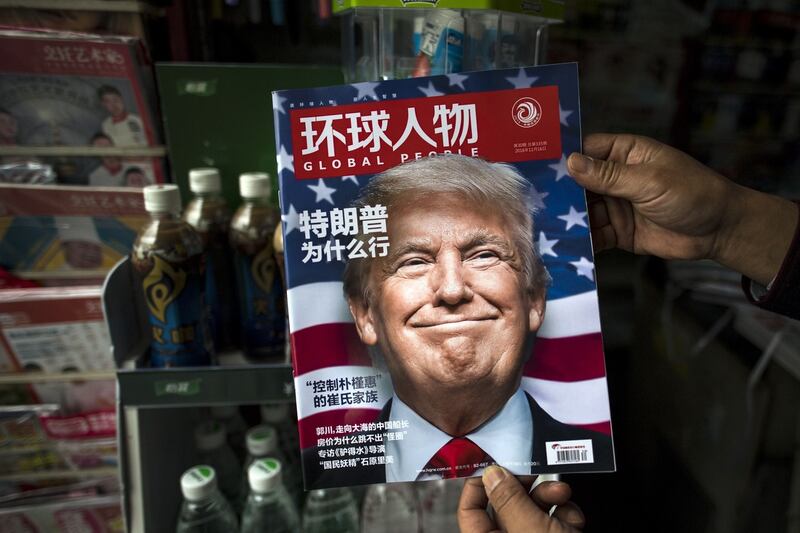Markets are not yet at “peak greed”, according to Merrill Lynch’s latest monthly fund manager survey, but positioning is getting lopsided.
Cash levels have plunged from 5.8 to 4.8 per cent over the last two months. Such a large and rapid drop has only occurred on three occasions, each of which was followed by a market pause. Bets on global bank shares have hit record levels; global profit expectations are near seven-year highs; expectations of above-trend growth and inflation are at five-year highs.
Still, cash levels remain quite high relative to history, potentially fuelling further gains. Global equity allocations also remain at historically normal levels.
However, allocations would be excessively bullish were it not for Europe and emerging markets, where sentiment is decidedly muted. In contrast, US and Japanese equity allocations are now well above historical averages, which will concern contrarians.
The US had been under-owned for some 18 months, and this bearish positioning had been a “strong tailwind” for US equities, notes Merrill. That tailwind is gone. Instead, excessive optimism risks becoming a headwind. US investor sentiment is not yet exuberant, but it’s getting frothy.
More rate hikes coming from the Fed
The US Federal Reserve last week hiked rates for the first time in 12 months and only the second time in nine years. Will the rate-hiking cycle finally gather speed in 2017 and if so, how will stocks react?
The Fed’s dot plot, which reveals officials’ expectations for future rate policy, shows three hikes are predicted for 2017. Now, the Fed hasn’t exactly been prescient; a year ago, it expected four rate increases in 2016. Markets have consistently disagreed with the Fed since it began publishing its dot plots in 2012, rightly betting the Fed would have to row back on its plans. This time is different, however. Trump’s election victory and expectations for fiscal stimulus in 2017 have decisively altered market expectations, with futures prices indicating broad agreement with Fed projections.
So rate hikes are coming, and this could be a "headwind for equity markets", Wells Fargo warned last week. History suggests otherwise, however. Stocks have gained in all 11 rising rate periods since 1996, notes LPL Financial, registering above-average gains in the process.
The ebullient market mood shows investors expect stocks to stick to the historical script. For now, the bet is that higher rates won’t derail the ongoing bull market.
Don’t focus on Dow 20,000
It’s hard to escape talk of Dow 20,000, but few commentators have noticed that the S&P 500 recently reached a milestone of its own.
The combined market value of S&P 500 members recently exceeded $20 trillion for the first time, Bespoke Investment Group noted last week. However, the Dow continues to hog the headlines, despite its obvious flaws.
The Dow is undiversified, consisting of just 30 large-cap stocks picked by Wall Street Journal editors. Worse, it is price-weighted: Goldman Sachs is the index's most influential stock, courtesy of its $240 share price (the surge in Goldman shares over the last six weeks has accounted for a quarter of the Dow's rise over the same period). In contrast, Apple – the world's most valuable company with a market capitalisation roughly six times that of Goldman's – only ranks tenth in terms of its index weighting. Google's parent company Alphabet is the world's second-most valuable company but it's not even a member of the Dow.
The S&P 500 is a much better barometer of market health. The Dow has long passed its sell-by date, but it is resilient. One Dow-related Irish Times headline reads: “Critics label index a relic.” When was that written? 1996.
Buffett shares cross $250,000 level
Warren Buffett's Berkshire Hathaway celebrated a milestone of his own last week, shares exceeding $250,000 for the first time.
Berkshire has come a long way since Buffett first bought into the company 54 years ago; then, shares cost just $7.50. Shares have appreciated by 21 per cent annually over the last half-century, crossing the $1,000 mark in 1983, $10,000 in 1992 and $100,000 in 2006. The law of large numbers means things have inevitably slowed down – indeed, Berkshire has underperformed the S&P 500 since 2008 and in five of the last seven years. 2016 is looking better, however, Berkshire rising by a quarter.
Ordinary investors looking for a share of the Buffett pie, but who don’t have access to $250,000, can check out Berkshire’s class B shares – they cost one-1,500th of the A shares, or $166.
Santa time on Wall Street
It’s Santa time. On Wall Street, the oft-mentioned Santa Claus rally refers to the last five trading days of December and the first two days of January (December 23rd to January 4th).
It’s not a myth – stocks have historically enjoyed decent gains during this period – but Santa might be less generous this time. Wall Street has been stuffing itself on milk and cookies throughout December; a Christmas diet may be in order.














